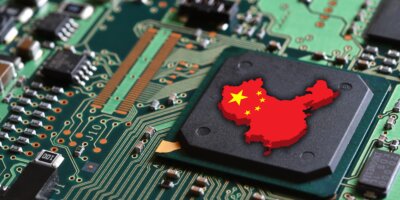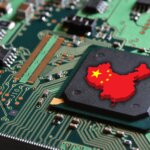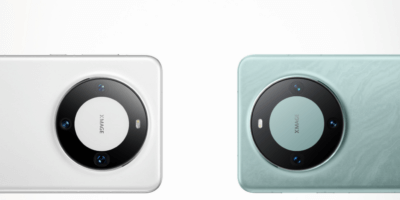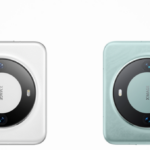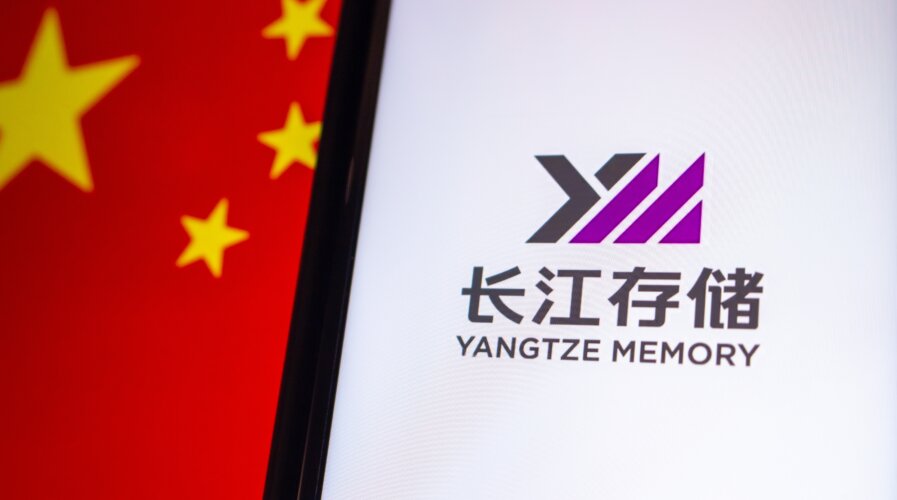
TechInsights found the world’s most advanced 3D NAND memory chip in a consumer device, and it’s a surprising breakthrough from YMTC in China. Source: Shutterstock
China’s YMTC makes the world’s most advanced 3D NAND memory chip
- TechInsights found the world’s most advanced 3D NAND memory chip in a consumer device, and it’s a surprising breakthrough from YMTC in China.
- The 232-layer QLC 3D NAND die from YMTC was discovered in the ZhiTai Ti600 1TB SSD, launched in July 2023 without much fanfare.
- US-China chip wars continue to tilt – in China’s favor.
China has made another “silent breakthrough,” this time involving 3D NAND memory chips–a type of non-volatile flash memory that is used in consumer devices like laptops and smartphones. TechInsights, the same platform that discovered Huawei’s 5G breakthrough in the latest Mate 60 smartphones, brought to light the world’s most advanced 3D NAND memory chip in a consumer device, which surprisingly comes from YMTC – China’s top 3D NAND manufacturer.
Yangtze Memory Technologies Corp, which was added to the US trade blacklist last December, made a “surprise technology leap” through a solid-state drive (ZhiTai Ti600 1TB) launched in July without much fanfare. What turns that from surprising to significant is the fact that 3D NAND memory is an essential component for high-performance computing (HPC), such as AI and machine learning.
3D NAND memory also represents the bleeding edge of memory chip design and is critical for high-performance, high-bandwidth computing such as AI. TechInsights believes this to be the first quad-level cell (QLC) 3D NAND die with more than two hundred active word lines that it’s seen.
“The 232-layer QLC 3D NAND die manufactured by YMTC was found in the ZhiTai Ti600 1TB solid-state drive (SSD), which was launched in July 2023 without much fanfare (Figure 2 and Figure 3). This new QLC die has the highest bit density seen in a commercially available NAND product at 19.8 Gb/mm2,” the article stated.
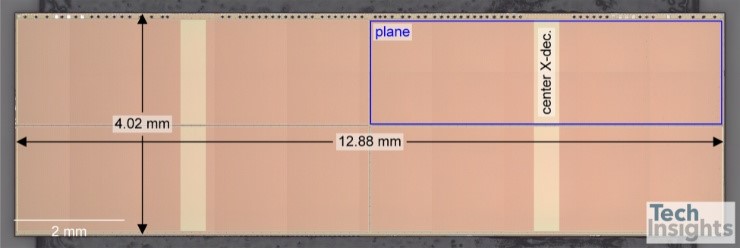
A NAND memory market first by YMTC. Source: TechInsights.
When the top memory chipmaker in China was added to a US trade blacklist in December 2022, it dealt a heavy blow to its capacity expansion plans in Wuhan. The South China Morning Post (SCMP) reported that YMTC was stepping up its cooperation and procurement from domestic suppliers such as Naura Technology Group. After all, YMTC remains a force in China’s semiconductor self-sufficiency drive.
Moreover, various local reports indicate that besides the sanctions, YMTC has managed to navigate the increasing tensions between Beijing and Washington relatively unharmed. Unlike some other major Chinese tech companies, such as Huawei Technologies Co. and Semiconductor Manufacturing International Corp., which Washington blacklisted in the early stages of the US-China tech conflict, YMTC has avoided such heavy consequences.
Reports indicated that the memory chipmaker had set up a task force of more than 800 people to review its supply chain, with the ultimate goal of replacing US suppliers. Although YMTC subsequently denied that report, it reflected how the company had become an integral part of the global semiconductor supply chain.
Therefore, YMTC today stands at the forefront of the semiconductor industry in China, aiming to reduce its dependence on foreign technologies while actively pursuing chip innovations.
The critical takeaway from YMTC’s discoveries
YMTC’s recent advancements in memory chip technology were initially reported in April. Unnamed insiders informed the SCMP that YMTC had significantly intensified its collaboration with Chinese suppliers to aid in producing its most advanced chips. This initiative was based on YMTC’s “Xtacking 3.0” architecture, and sources indicated that substantial progress had been achieved in a confidential project known as “Wudangshan.”
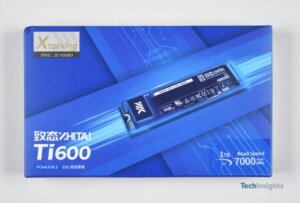
ZhiTai Ti600 1TB SSD product front image. TechInsights, 2023
The sources mentioned that this project aimed to use Chinese equipment exclusively. YMTC had placed substantial orders with domestic equipment suppliers, including Naura Technology Group, a prominent Chinese manufacturer of etching tools. These etching tools are a core product category of the US-based company Lam Research.
“YMTC proved again the merits of the Xtacking Hybrid Bonding technology it developed for 3D NAND TLC and QLC applications. BSSC technology adopted for Xtacking3.0 232L realized yield and performance improvements, and cost reduction as well,” TechInsights highlighted in its report.
The report also stated that the recent memory downturn, as well as many memory manufacturers focusing on cost-saving measures, may have given YMTC an opportunity to pull ahead with its higher bit density 3D Xtacking NAND. In short, YMTC’s discovery usurps Micron and Intel (Solidigm), which are also developing 232-layer QLC 3D NAND devices.
TechInsights also noted that Samsung is not developing QLC on its 236-layer (V8) 3D NAND because its current strategy is to focus on the V9 3D NAND TLC and QLC. “However, at Samsung’s Memory Tech Day last week, the company announced the first QLC product targeting the mobile market, a 512GB UFS 3.1 product with 176-layer (V7) technology. SK Hynix is mostly focused on TLC devices rather than QLC products,” it added.
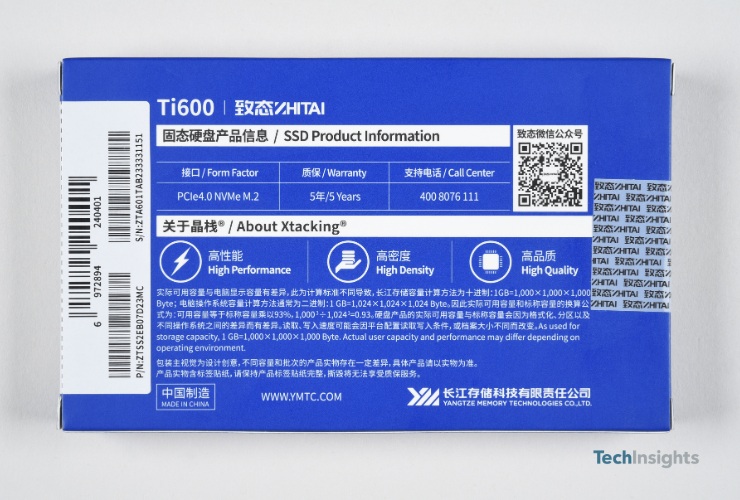
ZhiTai Ti600 1TB SSD product back image. TechInsights, 2023.
What does TechInsights‘ finding reveal about the state of progress in chip advancement in China?
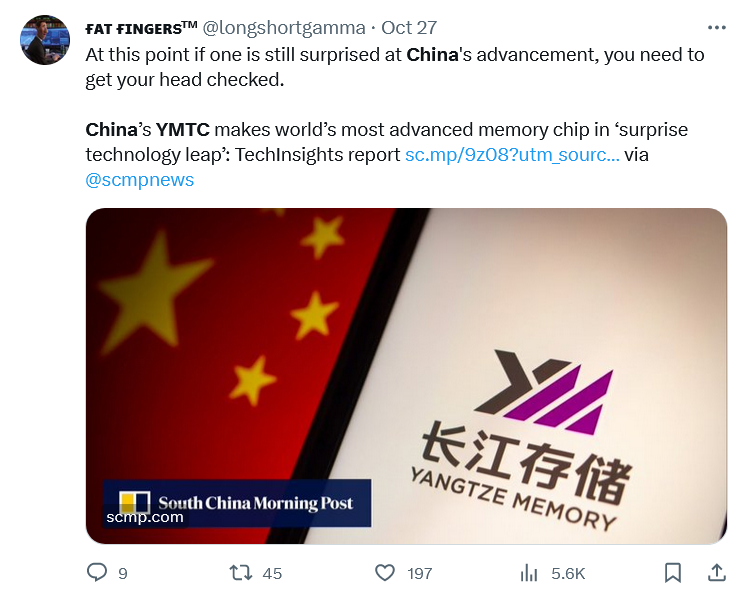
By now, it’s not a question of if China will continue to innovate new cutting-edge chips. It’s a question of when the next one drops.
For TechInsights and other analysts, the YMTC NAND build, like the innovation in the Huawei Mate 60 Pro’s HiSilicon Kirin 9000s processor (which used SMIC 7nm (N+2) process), proves that China’s momentum to overcome trade restrictions and build its domestic semiconductor supply chain is more successful than anyone – certainly anyone in Washington – expected.
Separately, Burn J. Lin, a former Taiwan Semiconductor Manufacturing Co. (TSMC) vice-president, told the SCMP that the US could not prevent Chinese companies like Semiconductor Manufacturing International Corp (SMIC) and Huawei Technologies from advancing in chip technology. “SMIC and Huawei, which stunned Washington by unveiling a made-in-China phone processor, can use existing older machines to make even more sophisticated silicon,” he said.
He also said SMIC should be able to advance to the next generation at 5 nanometres with machines from ASML Holding NV, which it already operates.
In October, the Biden administration strengthened the export controls imposed a year ago to block potential access to advanced American technology, marking a new phase in a struggle to influence critical technologies. However, it seems this may not halt China’s technological progress.
READ MORE
- 3 Steps to Successfully Automate Copilot for Microsoft 365 Implementation
- Trustworthy AI – the Promise of Enterprise-Friendly Generative Machine Learning with Dell and NVIDIA
- Strategies for Democratizing GenAI
- The criticality of endpoint management in cybersecurity and operations
- Ethical AI: The renewed importance of safeguarding data and customer privacy in Generative AI applications

